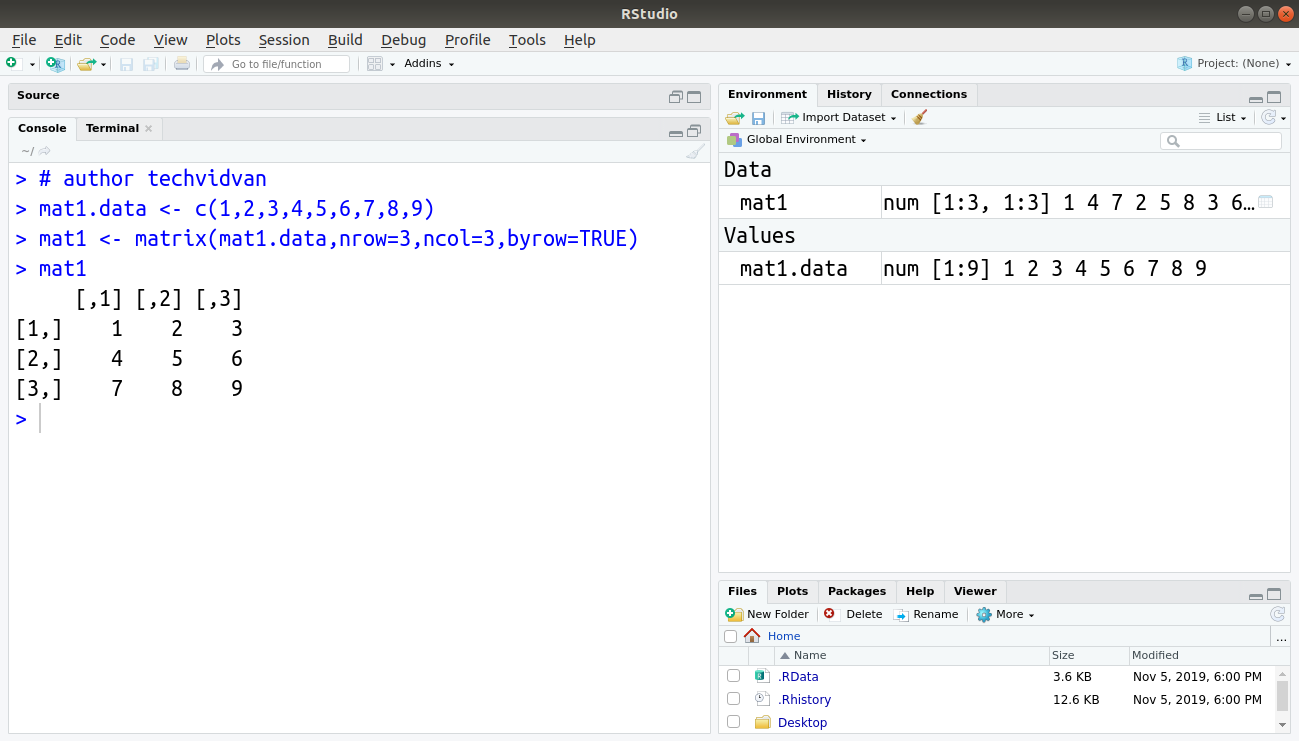
Creating A Loop In R How To Loop Over
When you create a loop, R will execute the instructions in the.Data (df)is composed of variables: Yield, Prec, Price, 0C, 1C, 2C, 3C, 4C, 5C, 6C, 7C, 8C, 9C, 10CA friend asked me whether I can create a loop which will run multiple regression models. The chart.Correlation function of the PerformanceAnalytics package is a shortcut to create a correlation plot in R with histograms, density functions, smoothed regression lines and correlation coefficients with the corresponding significance levels (if no stars, the variable is not statistically significant, while one, two and three stars mean. I am trying to calculate a regression variable based on a range of variables in my data set. I would like the regression variable (ei: Threshold 1) to be calculated using a different variable set in each iteration of running the regression.A For loop is a repetition control structure that allows you to efficiently write a loop that needs to execute a specific number of times. The basic syntax for creating a for loop statement in R is In this article you’ll learn how to loop over the variables and rows of a data matrix in the R programming language.
Loops in the R programming language are important features which are used to process multiple data elements for business logic. Regression models with multiple dependent (outcome) and independent (exposure) variables are common in genetics. Loops are used in programming to repeat a specific block of code. In this article, you will learn to create a while loop in R programming. In R programming, while loops are Reg <- lm(log(Yield)~Threshold1+Threshold2+log(Price)+prec+I(prec^2),data=df)For EACH iteration of the Regression, I vary the components of calculating thresholds in the following manner:Where "b" would be changing in each loop, ranging from 1C to 9C.Each individual threshold set (1 and 2) should be used to run a regression, and save the SSR for comparison with the subsequent regression utilizing thresholds based on a new "b" value (ranging from 1C TO 9C)Current approach is centered around the following code:Clearly the code above is not performing the task I am trying to achieve.Any assistance in being pointed in the right direction would be extremely helpful. 3) Example 2: for-Loop Over Rows of Data Frame.
Explain loops in R Programming?R is a programming language used by data scientists, data miners for statistical analysis and reporting. These are controlled by the loop condition check, which determines the loop iterations, entry, and exit of the loop scope. These are syntax-specific and support various uses cases in R programming. Loops help R programmers to implement complex logic while developing the code for the requirements of the repetitive step. R language supports several loops such as while loops, for loops, repeat loops.
The state-space involves many finite loops at the origin. Especially for loops are helpful when it comes to the simulation part – for example, Markov chain process, which uses a set of random variables. To perform Monte Carlo methods in R loops are helpful.

To improve the performance of the loop, avoid using the loop on the intensive objects. After reading all the key points, care should be taken during the implementation of R. And the use of it is preferred when an operation is to be repeated. It is good if you try to put little code inside the loop and the use of repeat statement in R should be terminated with proper condition.



 0 kommentar(er)
0 kommentar(er)
